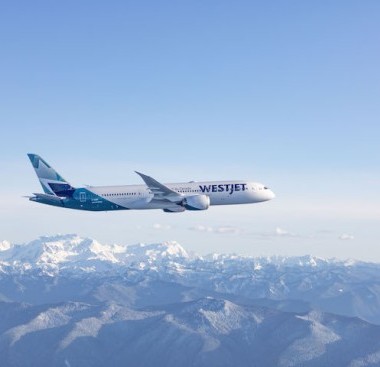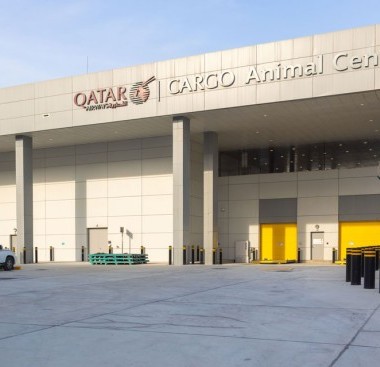Biden-Harris Administration releases Offshore Wind Liftoff Report and $48 million in new funding
Apr 24, 2024The U.S. Department of Energy (DOE) today released its latest report in the Pathways to Commercial Liftoff series, describing how the U.S. offshore wind sector is adapting to challenges and poised for continued progress to create tens of thousands of new, good-paying jobs and expand access to clean energy for millions of Americans, with a path to deploying over 100 gigawatts (GW) by 2050. The Pathways to Commercial Liftoff: Offshore Wind report finds that the sector today is poised for liftoff, enabled by continued efforts to adapt to recent market challenges. The projects that move forward in the next several years will lay the foundation for consistent long-term deployment, decarbonization, and economic benefits across the country in support of President Biden’s ambitious goals of achieving a 100% clean power sector by 2035 and a net-zero emissions economy by 2050.
“Offshore wind is already powering over 100,000 American homes, and with the Offshore Wind Liftoff Report and new investments, the Biden-Harris Administration is helping deliver on the promise of this technology to rapidly scale over the coming years,” said U.S. Deputy Secretary of Energy David Turk. “The offshore wind sector is making rapid progress even in the face of macroeconomic challenges, poising the industry to create good jobs and supporting a clean, resilient energy system.”
To help deliver on the potential of this industry, DOE today announced its intent to fund $48 million in research and development projects for offshore wind technology development, domestic manufacturing, and more—new DOE funding that is part of broader federal resources that the Biden-Harris Administration is deploying to grow the American offshore wind industry. DOE is also announcing its latest steps to support offshore wind transmission, including support for standardization needs and guidance development and a new analysis for the Gulf of Mexico.
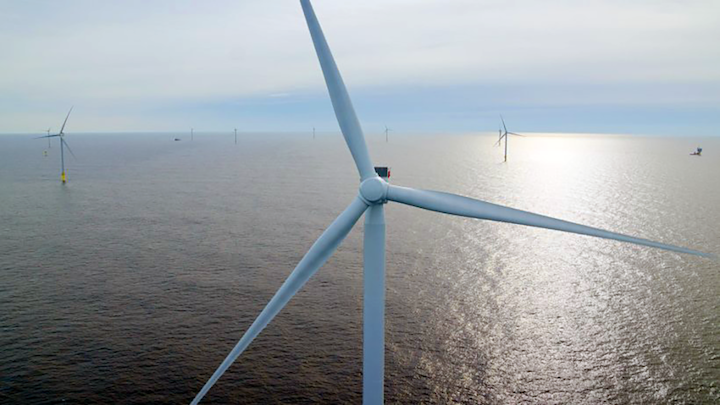
The Pathways to Commercial Liftoff: Offshore Wind Deployment report analyzes market challenges and solutions already underway, finding that the sector is adapting to recent cost pressures and will see lower risk and costs as deployment scales over time. Key takeaways and insights include:
The U.S. offshore wind market is at an inflection point. Despite facing macroeconomic challenges, the sector is adapting, and improved risk mitigation is being built into industry planning. State leadership has been and will remain fundamental, as will federal policy, including use of long-standing tools and new resources made available through the Bipartisan Infrastructure Law and the Inflation Reduction Act.
The sector is poised for Liftoff, beginning with the 10–15 GW of projects with a path to final investment decision in the next few years. These projects will lay the foundation for consistent long-term deployment, decarbonization, and economic benefits across the country. Longer term, offshore wind can deliver over 100 GW of clean power by 2050.
While costs increased over the past few years, there is a path to cost reductions moving forward. Cost increases were driven by rapid inflation of equipment costs, rising interest rates, supply chain constraints, and schedule delays, but global cost headwinds have begun to stabilize and new offtake solicitations de-risk development going forward. Governments and industry are drawing on lessons learned, with ongoing efforts to refine project and supplier procurement, foster regional collaboration for supply chain and transmission planning, and make investments to support necessary enabling infrastructure.
Offshore wind has a compelling and distinctive value proposition. Offshore wind is a central pillar of decarbonizing coastal population centers, and offtake costs reflect not only the cost to generate clean power, but also the cost to deliver power to coastal load centers (transmission) and the opportunity to revitalize maritime infrastructure and domestic manufacturing. Offshore wind power has a compelling and distinctive value proposition that complements other clean resources, with high capacity factors and strong winter production that support grid reliability and resource diversity.
In support of accelerated offshore wind development, today DOE also announced:
$48 Million for Research Projects to Address Major Areas of Need for Offshore Wind
DOE’s Wind Energy Technologies Office (WETO) released a Notice of Intent(link is external) to fund projects supporting accelerated national research and development for both floating and fixed-bottom offshore wind technologies for deployment off both coasts, partnerships to expand domestic offshore wind manufacturing and supply chains in the Great Lakes region, offshore wildlife protection through new monitoring technologies, and U.S. academic leadership in floating offshore wind.
Funding Fact Sheet
The Biden-Harris Administration released a new interagency fact sheet that describes key federal resources available to support offshore wind deployment. This includes tax programs, grants and funding opportunities, and federal financing programs from DOE, the Department of the Interior, the Department of Commerce, and the Department of Transportation.
Domestic Wind Turbine Blade Manufacturing Innovation RFI
WETO is requesting information on the current state of U.S. domestic wind turbine blade manufacturing, future domestic blade manufacturing innovation needs, manufacturing workforce development, and how recent tax incentives and initiatives affect stakeholder thinking and strategies.
Atlantic Offshore Wind Transmission Standardization and Guidance
In alignment with recommendations in the Atlantic Offshore Wind Transmission Action Plan released on March 21, the Grid Deployment Office (GDO) announced forthcoming support for offshore wind transmission standardization needs and guidance development.
Gulf of Mexico Offshore Wind Transmission Analysis
GDO and WETO are expanding their offshore wind transmission portfolio beyond the Atlantic(link is external) and West coasts to include the Gulf of Mexico region, beginning with a literature review and gaps analysis.
Similar Stories
How Western sanctions are strangling Putin’s Arctic gas ambitions
Russia’s fortress economy has proved remarkably resilient to an onslaught of Western sanctions. Two years after the Kremlin’s invasion of Ukraine, it continues to fund a costly war and to…
View ArticleA hotspot for Russian oil transfers is suddenly deserted
A stretch of water off the coast of southern Greece that had become a pivotal logistics hub in the Russian oil supply chain has suddenly been abandoned by the tankers…
View Article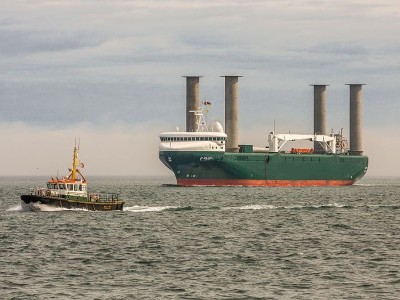
International Windship Association invites maritime stakeholders to participate in Small Vessel Wind Propulsion Survey
View Article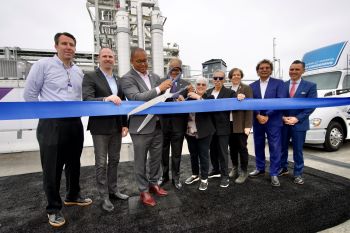
Renewable energy project powers port with hydrogen
View Article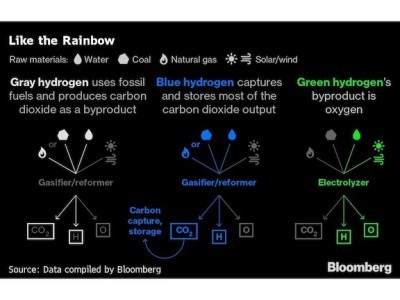
Tycoon sees $3.5 billion investments in Namibia green hydrogen
View Article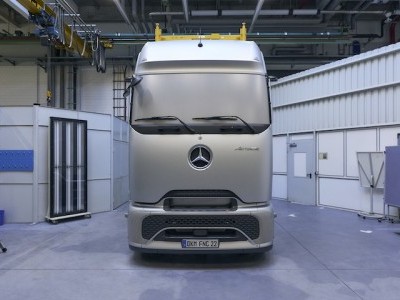
Daimler CEO calls missing electric truck chargers a top concern
View ArticleGet the most up-to-date trending news!
SubscribeIndustry updates and weekly newsletter direct to your inbox!
